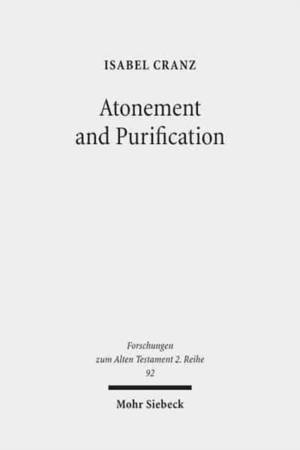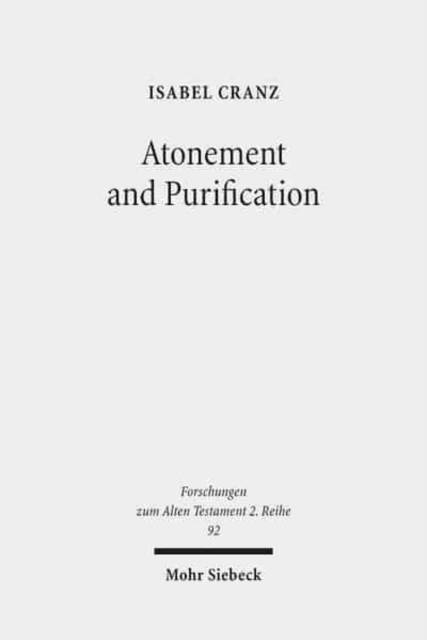
- Afhalen na 1 uur in een winkel met voorraad
- Gratis thuislevering in België vanaf € 30
- Ruim aanbod met 7 miljoen producten
- Afhalen na 1 uur in een winkel met voorraad
- Gratis thuislevering in België vanaf € 30
- Ruim aanbod met 7 miljoen producten
Zoeken
Atonement and Purification
Priestly and Assyro-Babylonian Perspectives on Sin and Its Consequences
Isabel Cranz
€ 140,45
+ 280 punten
Omschrijving
Biblical scholars frequently attempt to contextualize the Priestly ritual corpus by comparing it to other ancient Near Eastern ritual traditions. This comparative approach tends to detect a hidden polemic at work in the Priestly Source (P) which was meant to highlight its distinctly monotheistic outlook. Isabel Cranz reframes current understandings of P by comparing Priestly rituals of atonement to their Assyro-Babylonian counterparts. In this way she shows how the Priestly ritual corpus is highly specialized and concerns itself primarily with sanctuary maintenance. Viewing P in this new light in turn helps to demonstrate that the authors of P were not interested in discrediting foreign rituals or pushing a monotheistic agenda. Instead P primarily aimed to confirm the Aaronide priests as the only legitimate priestly group fit for service at the altar. Subsequently if a polemical agenda is present in P it can be shown to be directed against rivals and critics of the Aaronide priesthood, not other rituals of the ancient Near East.
Specificaties
Betrokkenen
- Auteur(s):
- Uitgeverij:
Inhoud
- Aantal bladzijden:
- 178
- Taal:
- Engels
- Reeks:
- Reeksnummer:
- nr. 92
Eigenschappen
- Productcode (EAN):
- 9783161549168
- Verschijningsdatum:
- 1/05/2017
- Uitvoering:
- Paperback
- Formaat:
- Trade paperback (VS)
- Afmetingen:
- 155 mm x 231 mm
- Gewicht:
- 353 g

Alleen bij Standaard Boekhandel
+ 280 punten op je klantenkaart van Standaard Boekhandel
Beoordelingen
We publiceren alleen reviews die voldoen aan de voorwaarden voor reviews. Bekijk onze voorwaarden voor reviews.











